How do you spend your time at KMD?
What are your dreams for the future?
Six students speak from the heart.

Darlene Hannah Jane Nolasco
Philippines
Second-year master’s student
Real project: SAMCARA
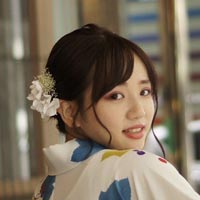
Hikari Yamano
Japan
Second-year master’s student
Real project: Network Media
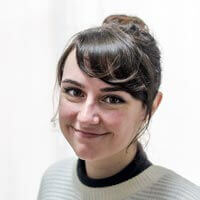
Stephanie Josee Marcotte Bourgeois
Canada
Second-year master’s student
Real project: PLAY: Entertainment Media Design

Reiya Horii
Japan
Second-year master’s student
Real project: Embodied Media
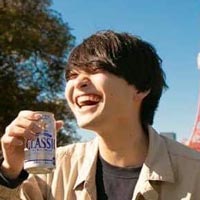
Futa Asada
Japan
Second-year master’s student
Real Project: Embodied Media
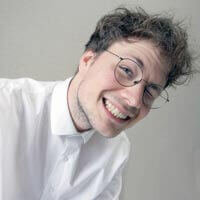
Ragnar Thomsen
Germany
Second-year master’s student
Real Project: Embodied Media
Why did you enroll at KMD?
Hikari: I studied American philosophy at university, but was looking to transition into research that would be useful both for contemporary challenges and into the future. I applied for KMD because it had a wide range of entry points, whatever one’s research field happens to have been at university.
Futa: I researched on supercomputers at a science college. As I was considering engaging with a field somewhat more closely aligned with users, my university professor told me that “Going to KMD will let you cover all the bases.”
Ragnar: I studied game design in Germany. After my undergraduate studies, I wanted to study interactive experiences from a broader perspective. Not many courses exist in Germany to study technologies from a design perspective, and my investigations led me to KMD in Japan.
Reiya: I enrolled with the idea of giving expression to the psychological aspect of us through means such as design and technology at KMD’s Embodied Media. In addition, since my research theme was intercultural communication, I felt that the environment at KMD, where half of those attending are international students, would complement my topic.
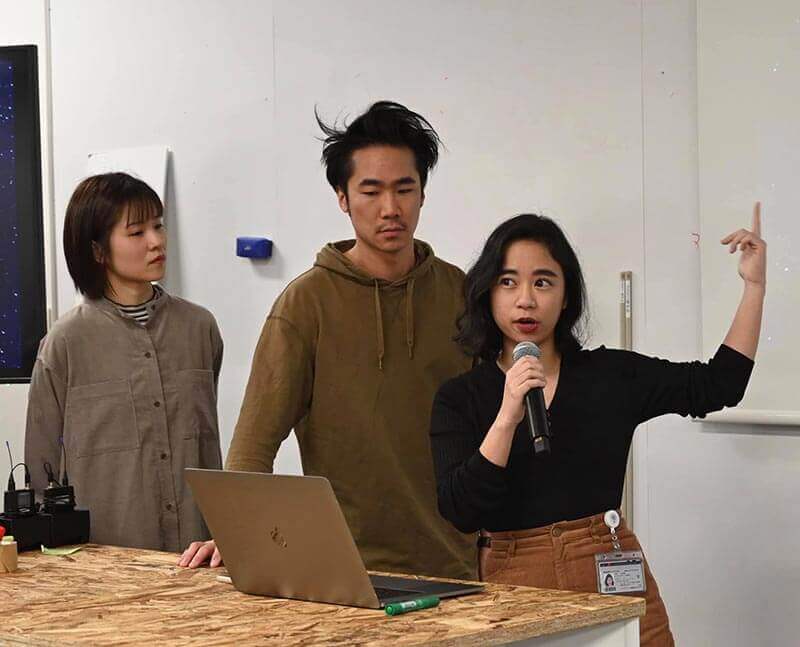
What is the typical life of a student at KMD?
Hikari: During the first year of my master’s studies I was kept busy with class assignments and Real Project activities. It was only into my second year that I was finally able to concentrate on my own research, and find time to catch up with reading. I am engaged in a regional revitalization project in my home prefecture of Fukui as an extracurricular activity.
Futa: In the run up to academic conferences we sometimes find ourselves burning the midnight oil for development. I am rather busy at this moment in time, as the company I started will soon launch a new service. I am also involved in a musical group and am doing all these while linking them together. This is a way of life in which no two days are the same.
Ragnar: I am involved in joint research with Japanese companies, and have many opportunities to get out and about, which is very fulfilling. I have lived in Japan for a year and a half, and I am inspired by new things every day in Tokyo and Yokohama. I feel a great sense of ease in the downtown area of Hiyoshi, where KMD is located, which is another part of the appeal.
Stephanie: Because of the coronavirus, I have not been able to spend time on campus this year like I did during my first semester at KMD. Besides studying off-campus, I also work from home as a freelance media artist, providing things such as graphic design and video editing for influencer clients.
Reiya: With the advent of coronavirus disease, everything from international academic conferences to classes and job hunting sessions has gone online. However, I try to look on the bright side of this situation, and am actively in contact with members of other projects as well as other working adults. There are fun things on the go, including the start of new projects arising from this.
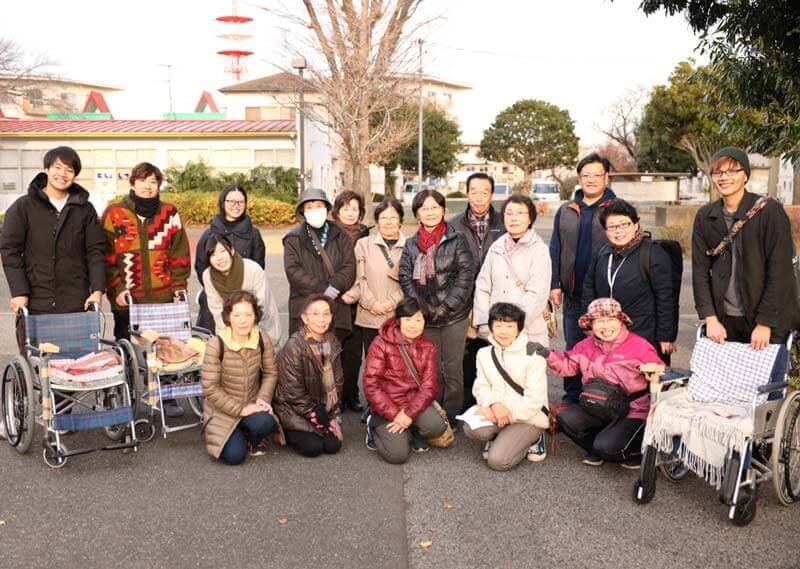
Are there any events or programs at KMD that have been particularly impressive?
Futa: At Embodied Media we always take part in a student competition called the “International collegiate Virtual Reality Contest.” Through this competition we gain an understanding of the true nature of physical media, allowing us to learn about the struggles involved in developing in teams. It is a truly valuable experience to see the delight on the faces of people as they use the things that we have labored to produce.
Hannah: SAMCARA, the project to which I belong, also participates in many contests. The biggest of these is the “Biodesign Challenge”. This year, the work we submitted was featured in a book commemorating the 5th anniversary of the contest, which left a strong impression.
Hikari: I would have to say the KMD Forum. This is a great opportunity to bring in the research you are working on and have it seen by various people. It’s a good experience to be evaluated by outside parties, and I’m inspired by the research of students who you don’t generally hear from. Students play a central role in preparing for the event. It is a lot of hard work, with many tasks involving the management and logistic arrangements for the event, but it nevertheless allows for more in-depth mutual engagement across project boundaries.
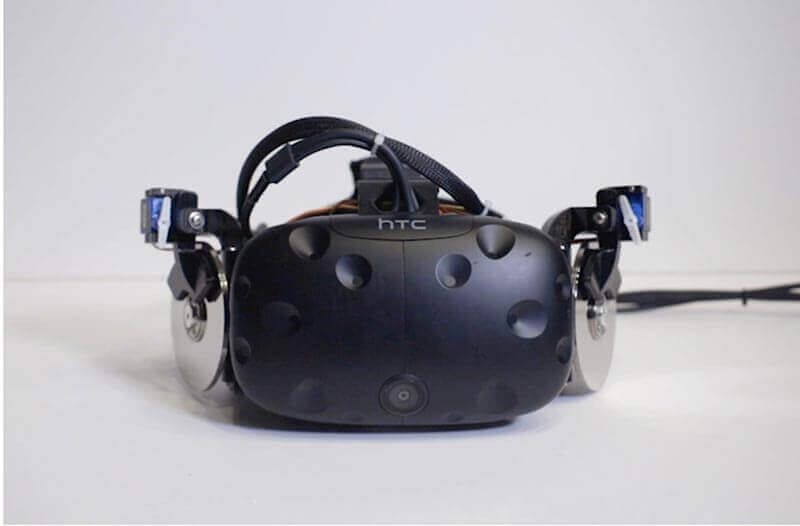
Do you have any issues communicating with the foreign students?
Stephanie: As I do not speak Japanese, I often find myself in the company of students who speak English. While I do not feel any inconvenience in terms of classes or daily life, I would like to build more networks, and thus hope to somewhat improve my spoken Japanese in the time left to me.
Ragnar: I would advise international students to study Japanese to make the most of the opportunity. KMD has systems in place for learning Japanese and there is a tutoring program with Japanese native speakers. If you are open-minded and curious, you will have the chance to learn about many different cultures. Everyone is friendly here so if you are proactive, KMD is a great place to make friends from all over the world.
Hannah: I am on good terms with some Japanese students but would like to interact with many more. There is a desire to understand one another even if your first language is not English. It is then just a question of putting this into action.
Reiya: I An environment for intercultural exchange is in place, and it is up to each person how they will use this. “Even if there may be a language barrier, you can communicate and even collaborate with those who share the same motivations during the Real Projects.”
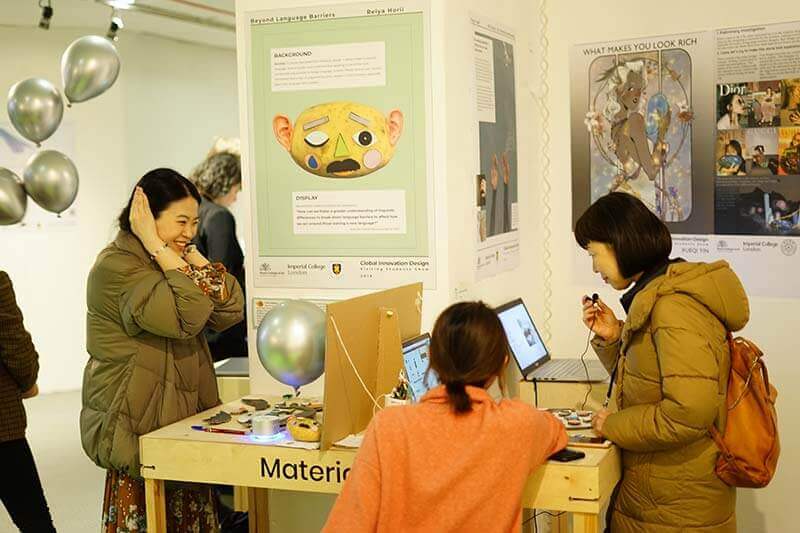
Could you give some advice to people thinking about applying to KMD?
Reiya: First, is to be flexible. As KMD allows many opportunities to collaborate with people from different backgrounds, it is important to be flexible in responding to various opinions and to extend a helping hand. Next, would be to know yourself. As this is an environment with a lot of information you won’t be able to exercise discernment if you don’t have a personal situating focus. I think you should make a special point of ownership and have the capacity to follow through on research till its conclusion.
Hannah: KMD is a place where you can take the initiative and focus on what you want to do. By waiting around to be given something you will ultimately find yourself unable to do anything.
Hikari: Talk to current students and teachers before enrolling. It may also be beneficial to create a mental image of “what you will do after you have enrolled.” There are various domains, activities, and types of student at KMD, and you can complete challenging research. However, if you don’t have a goal in mind you won’t be able to make the best of this environment.
Futa: A What strikes me as “what I should have done” would be to complete a preliminary survey on what kinds of students were engaged in what kind of research at KMD. Knowing where you should go and what you can do there in advance will go some way to ensuring a smooth journey after enrolling so you can use the two years effectively.
What are your dreams for the future?
Ragnar: I am researching how social robots can help people at remote locations to feel close to each other, and I hope that the technology I am developing can be put to use in the future.
Hannah: I I would like to go on to a doctoral program in Sustainability Science. I also wish to play a role in the promotion of sustainability by governments and private corporations. Specifically, I hope to turn my attention to Asia, including Japan.
Stephanie: I want to continue my activities as a media artist. If possible, my dream is to start a company in Japan to help social media influencers create content. Ideally, it could help Japanese influencers make content for an international market, and help international influencers make content that interests Japanese audiences.
Hikari: After graduating, I will find a job at an IT-related company. Also, since I have been engaged in activities themed on regional localities, I hope to continue activities which might contribute to local areas and my hometown even while working.
Futa: Firstly I would like to get the business of the company I started on track. I will interact via dialogues with the user which are as close as possible and create alongside them. This will be my aim both for my company and as an individual.
Reiya: My personal theme is “the elimination of boundaries,” and I think I will stick by this going forward. I hope to make it easier for people from overseas to live in Japan despite language barriers using the power of IT.
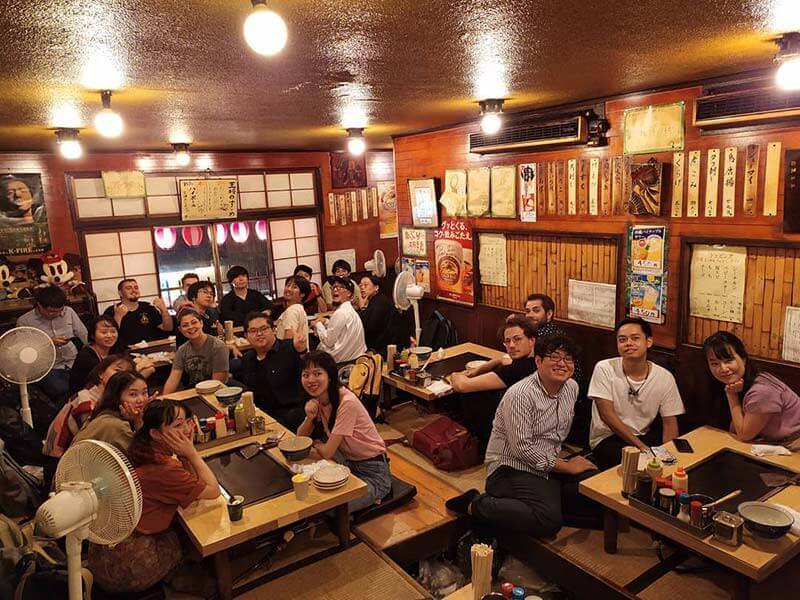
(This interview was held in November 2020)